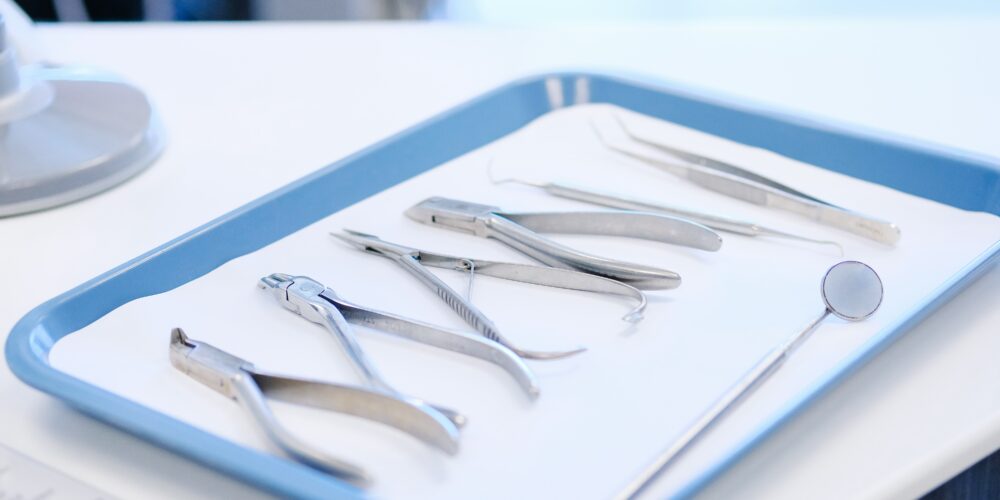
During the pandemic, we really had to revaluate what kind of problems were urgent in our lives since there were limited resources and increased risks of going outside, not to mention the numerous lockdowns that meant many services weren’t available to us and therefore we were forced to wait until restrictions were eased.
The same applied to dental care and often appointments were only available to those who needed emergency dental treatment. But one of the questions our customers kept asking us was, what is a dental emergency? Obviously, no one wants to waste their time on emergency treatment when they don’t need to, but for non-professionals it can be hard to gage the seriousness of the dental issue you’re having.
Now that life seems to be back to normal and dental appointments can be made for non-emergency issues, it is still important to understand what is considered a dental emergency to ensure that you’re not leaving a serious problem untreated, where it can have the potential to become much more significant. Equally, knowing when a problem doesn’t require emergency dental treatment is just as essential to make sure you’re not taking appointments that you don’t need.
Below, we will detail the exact dental problems that are and aren’t considered a dental emergency.
What Problems Count as a Dental Emergency
There are various different symptoms and issues that can be classified as a dental emergency; however, in general you must be experiencing some kind of severe pain.
Issues that require an emergency appointment are generally persistent bleeding, severe dental pain or swelling that is spreading. If you experience any of these symptoms, you should contact your dentist immediately.
Other symptoms that need emergency dental treatment are:
- Severe toothache
- Mouth ulcers that haven’t healed after 2 weeks
- An abscess in the mouth
- A missing dental crown or filling
- A broken tooth that is causing damage to your cheek or tongue
- A knocked-out tooth
- Bleeding from an extracted tooth that lasts longer than 20 minutes or longer
If you have suffered extreme trauma to the mouth or face, or are experiencing uncontrollable bleeding, you should visit A&E.
What isn’t Considered a Dental Emergency?
When understanding what is considered a dental emergency, it is also important to know when you are not in need of emergency dental treatment. The following symptoms would not be considered an emergency:
- A cracked or chipped tooth that is not causing pain
- Dull toothache
- Sensitive teeth
- Sensitive or bleeding gums
Despite the fact that these problems are considered non-emergency, you should still not wait long periods of time before booking a normal dentist appointment or leave the issue untreated as it could worsen.
If you’re experiencing a dental emergency, our clinic offers emergency appointments. The appointment lasts approximately 30 minutes and costs £160. This includes an initial assessment, x-ray and intraoral picture, temporary restoration (if required), and a detailed treatment plan for any follow up treatment.
Additionally, if you’re still in any doubt whether your symptoms constitute a dental emergency, contact us for advice.
Photo credit: Kenny Eliason
